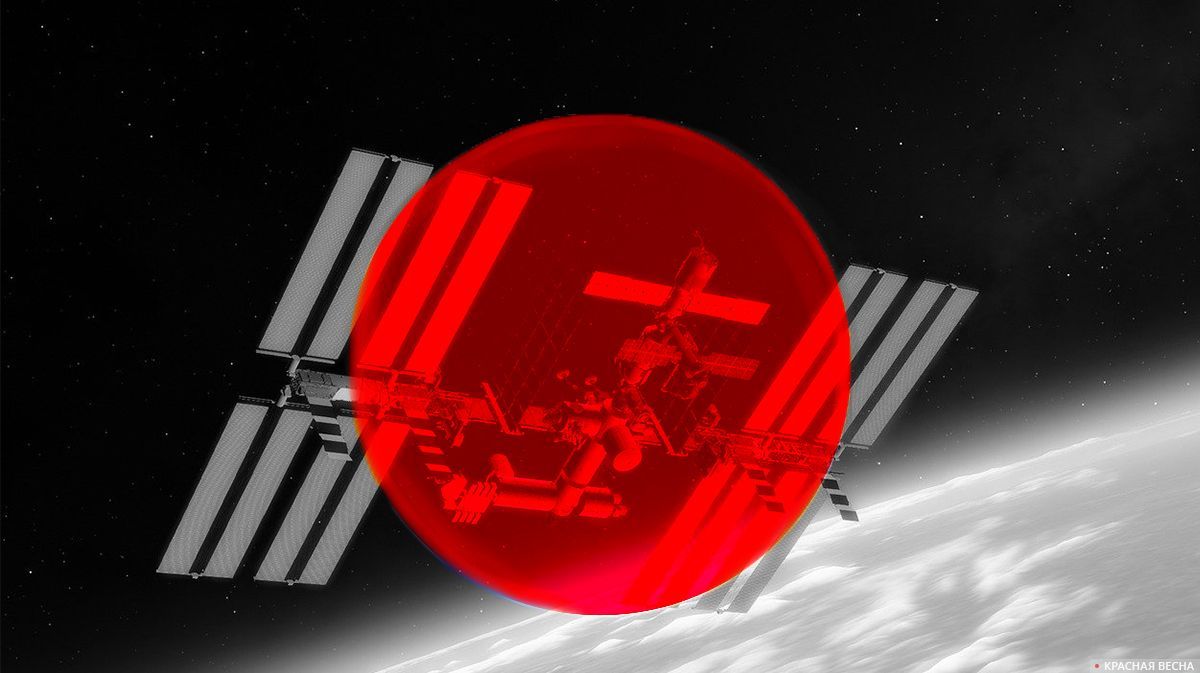
The BTN-M1 scientific team, which recently resumed its monitoring, recorded a new cosmic gamma-ray burst from a hypernova explosion, the press service of the IKI RAS Space Research Institute reported on August 30.
Monitoring of cosmic gamma-ray bursts on the Russian segment of the International Space Station (ISS) was resumed on 8 August 2024 after the service life of the onboard servicing equipment to control the BTN-M1 using commands from Earth expired.
The next day, 9 August, the BTN-M1 instrument detected a new cosmic gamma-ray burst GRB240809A from a hypernova explosion (super-powerful supernova), which occurred at a cosmological distance z ~ 1.5, where z is the redshift value.
Since this burst was also recorded by the Russian HEND instrument on board the Mars Odyssey spacecraft (NASA), which has been orbiting Mars since 2001, the delay in the recording time of these two instruments (776 seconds) made it possible to determine the position with great precision of the origin of this explosion on the celestial sphere.
The BTN-Neutron experiment, for which the BTN-M1 equipment was developed and manufactured at the Department of Nuclear Planetology of the Space Research Institute of the Russian Academy of Sciences, has been carried out on board the ISS for more than 17 years, since February 2007. It solves two problems: studying the radiation background near the Earth and monitoring gamma-ray bursts occurring in deep space.
The BTN-M1 external detector unit is installed on the ISS on the outer surface of the Zvezda service module, and the internal electronics unit is located in the pressurized compartment. The neutron and gamma ray detector is a spare sample of the HEND device, which was also developed at IKI RAS to study neutron radiation from Mars from the Mars Odyssey spacecraft (NASA).
To restore monitoring of gamma-ray bursts, RSC Energia specialists, together with the scientific group of the BTN neutron experiment, developed a variant for cosmonauts to control the device “manually” by connecting it directly to an onboard laptop with special software installed on it.
The gamma-ray burst monitoring is also carried out by the MGNS neutron and gamma spectrometer, manufactured at the Department of Nuclear Planetology of the Space Research Institute of the Russian Academy of Sciences, which is currently flying to Mercury as part of the BepiColombo mission (ESA). Since these three instruments are located at great distances from each other, their joint work provides greater precision in determining the position of gamma-ray bursts in the sky.
Source: Rossa Primavera
I am Michael Melvin, an experienced news writer with a passion for uncovering stories and bringing them to the public. I have been working in the news industry for over five years now, and my work has been published on multiple websites. As an author at 24 News Reporters, I cover world section of current events stories that are both informative and captivating to read.
